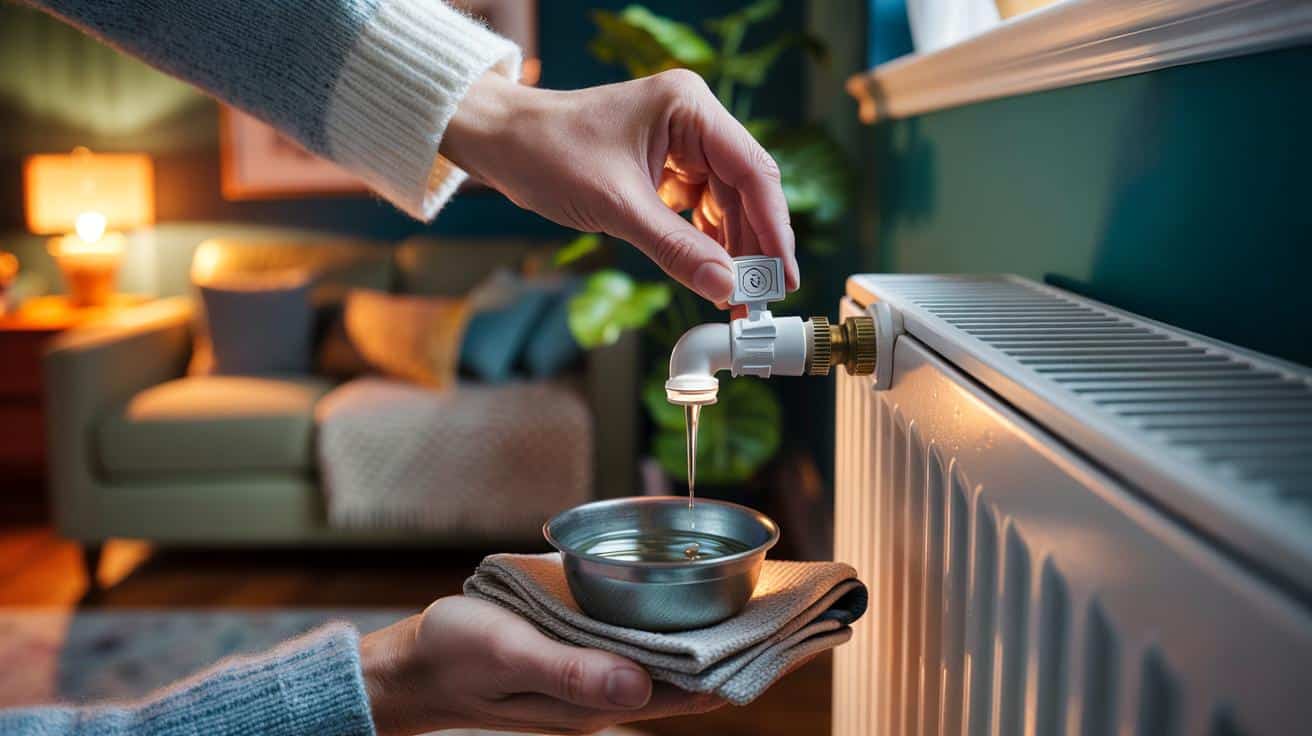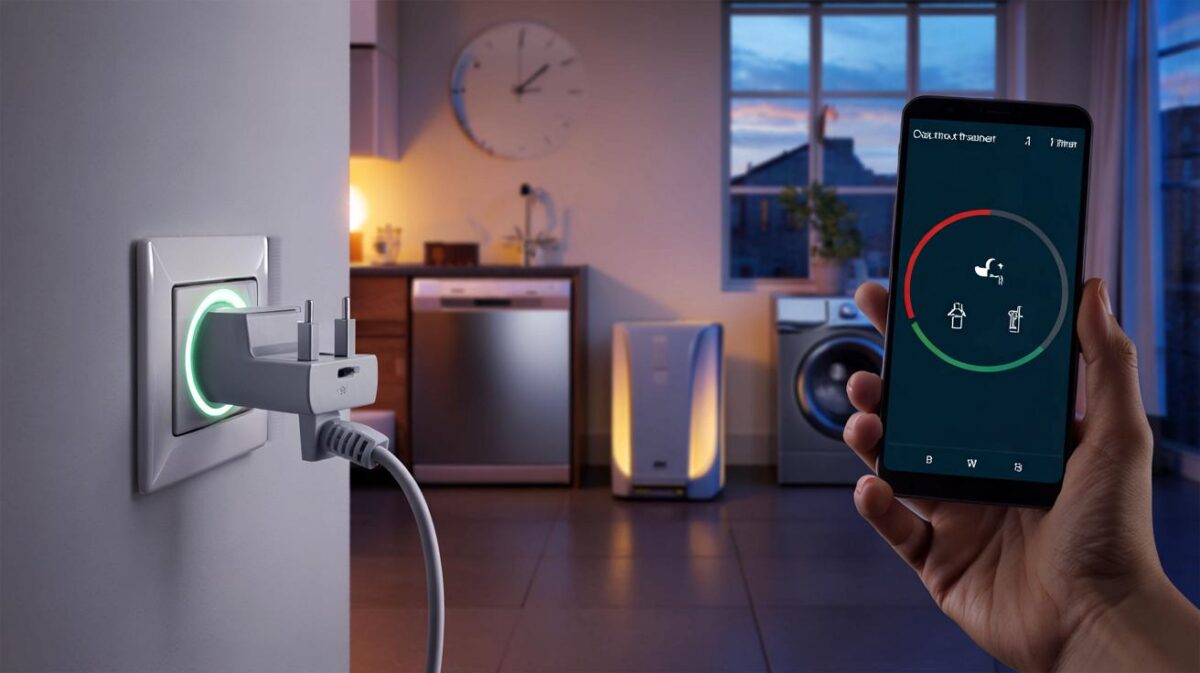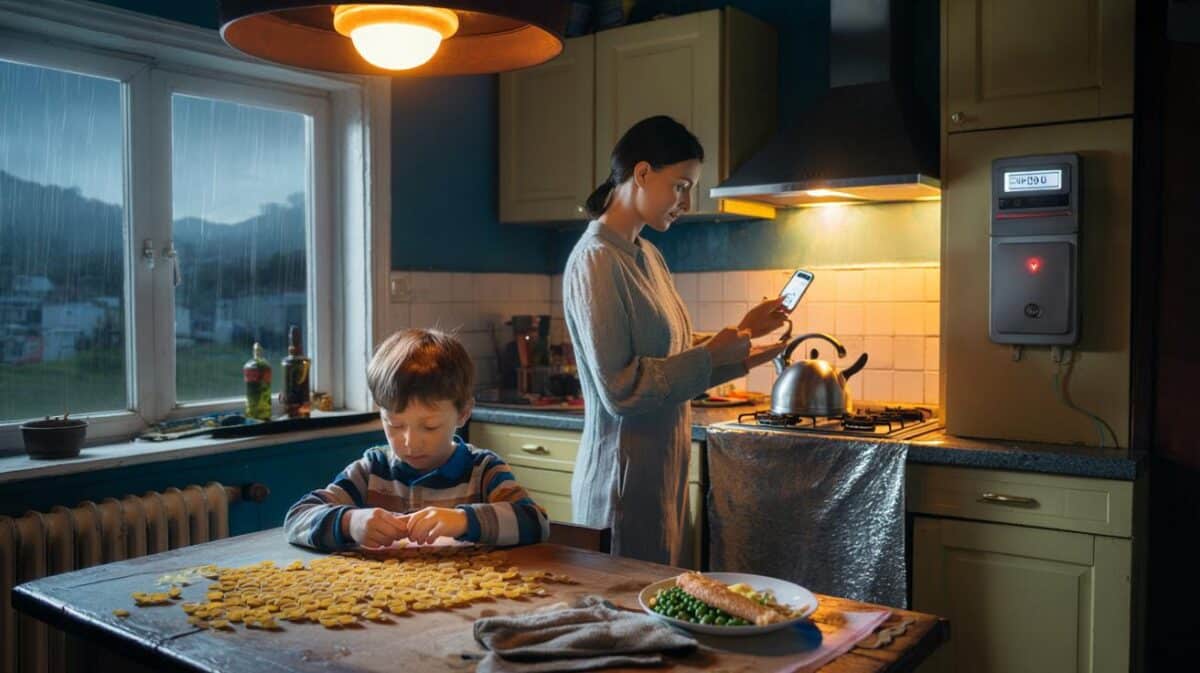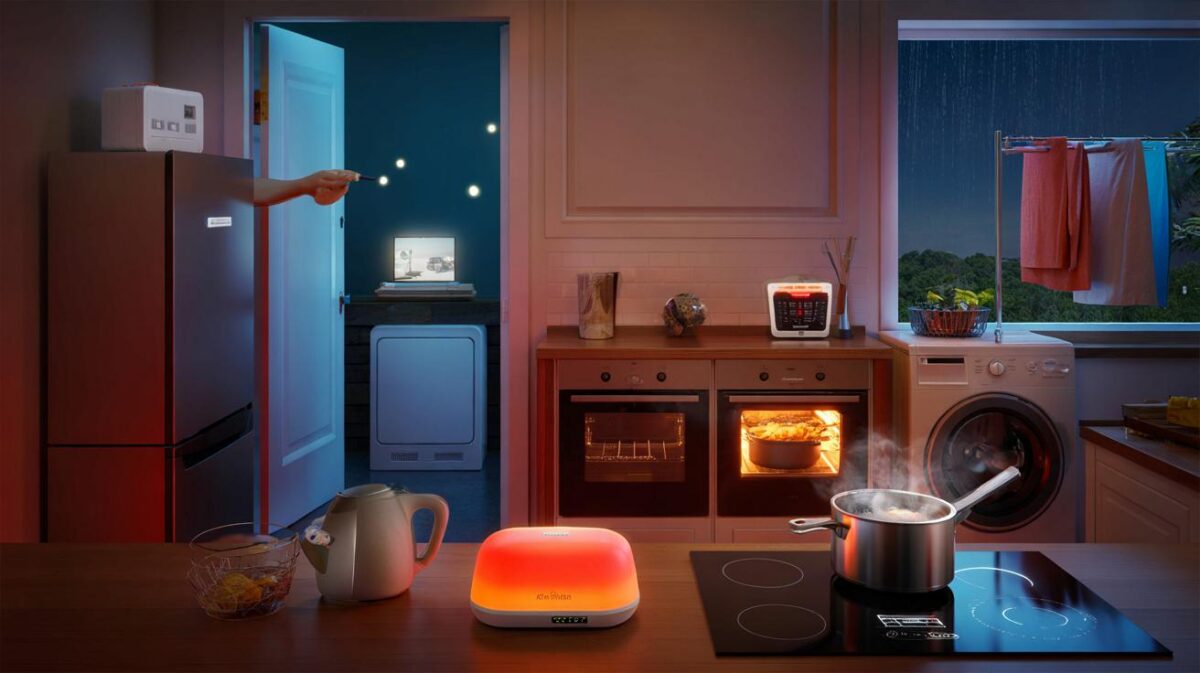When the top stays cool and the bottom scalds, air has snuck into the system and your boiler is working harder than it needs to. The fix isn’t a new thermostat, a pricey smart valve, or a mysterious engineer visit. It’s a 60‑second ritual with a small key and a towel. Bleeding a radiator sounds dramatic. It’s not.
The living room was warm in patches, like sunshine through Venetian blinds. My son pressed his hand to the top of the radiator and frowned. I heard a faint trickle and a hollow, tinny echo, as if the metal had swallowed a breath it couldn’t let go. A neighbour popped in, laughed at my frustration, and fished a little key from her pocket like a magician revealing a coin. She turned a screw I’d never noticed, the radiator hissed, and the room softened into even heat. The secret sits in a tiny square screw.
Why trapped air costs you heat (and money)
Radiators are meant to be full of hot water from edge to edge, a warm metal panel radiating evenly into the room. Air gets in, collects at the top, and blocks water from reaching the whole surface. You feel it as a cold shoulder on an otherwise hot panel. Your boiler keeps pushing, your pump keeps spinning, and you pay for energy that never reaches the room.
In a small terrace in Sheffield, I watched a couple tiptoe around a cold corner of the lounge all winter. They had the thermostat at 22°C just to feel comfortable. We bled the worst offender upstairs first, then the lounge. The hiss was brief, the splutter was messy, and the heat was suddenly everywhere. They nudged the thermostat back to 19°C that night, and stayed there.
Here’s the logic. Remove air and you restore flow, which gives you a full hot surface. A fuller surface warms the room faster, so the boiler fires for fewer minutes per hour. Fewer minutes means less gas or electricity burned. It won’t halve your bill, but it can shave a noticeable slice off your run time across the season. That’s how a tiny valve can mean **cheaper heating**.
How to bleed a radiator in 3 easy steps
Step 1: Turn your heating off and let radiators cool until they’re warm at most. Find the bleed valve at the top corner of each radiator. It looks like a small square peg inside a round fitting. Grab a radiator key (or a flat-head screwdriver if your valve has a slot) and a cloth.
Step 2: Place the cloth under the valve, hold the key steady, and turn it anti-clockwise a quarter turn. You’ll hear a clear hiss as air escapes. When a steady stream of water starts to dribble, turn the valve clockwise to close it gently. *Yes, a tea towel is fine.* Let’s be honest: nobody really does this every day.
Step 3: Check **boiler pressure** on the gauge—most combi boilers like 1.0–1.5 bar when cold. If it’s low after bleeding, top up using the filling loop until the needle sits in the green. Then turn the heating back on and feel each radiator from bottom to top.
“Bleeding takes minutes and can save hours of wasted boiler cycling,” says heating engineer Martin Read. “Start upstairs, finish downstairs, and don’t wrench the valve shut—just snug.”
- Tools: radiator key or screwdriver, cloth, small bowl
- Order: upstairs first, then downstairs, furthest from boiler to closest
- Aim: hiss of air, brief dribble, no over-tightening
- Finish: pressure at 1.0–1.5 bar when system is cool
Aftercare and the subtle art of warmth
Bleeding is the quick win; balance is the fine tuning. If a room still lags, you can slightly close the lockshield valve (the capped one) on over-performing radiators to nudge hot water toward lazier ones. Make tiny changes. Wait, feel, repeat. We’ve all had that moment when a room finally stops fighting you and just feels right. The ritual becomes a winter habit you almost enjoy.
| Key points | Detail | Reader Interest |
|---|---|---|
| Spot the signs | Cold at the top, gurgling sounds, uneven room heat | Quick diagnosis you can do in seconds |
| Three-step bleed | Cool system, open valve to hiss, close at water, reset pressure | “I can do this today” confidence |
| Savings in practice | Faster heat-up, fewer boiler cycles, smoother comfort | Small habit, real-world comfort and bill relief |
FAQ :
- How often should I bleed my radiators?You don’t need to do it weekly. A quick check at the start of the heating season, after any system work, or if you hear gurgling is plenty.
- Can I bleed radiators with the heating on?Turn it off and let them cool. Hot water can spray and scald, and the gauge reading for pressure is more reliable when cool.
- What if I don’t have a radiator key?Many valves accept a flat-head screwdriver. If yours needs a key, they’re inexpensive at DIY shops and worth keeping in a drawer.
- Why is my radiator still cold at the top after bleeding?Try again briefly; a stubborn pocket might remain. If it persists, the valve pin could be stuck or the system may need balancing or professional attention.
- My boiler pressure dropped after bleeding. Is that normal?Yes, you released air and a little water. Top up to the green zone on the gauge—usually 1.0–1.5 bar when the system is cool—and you’re set.








